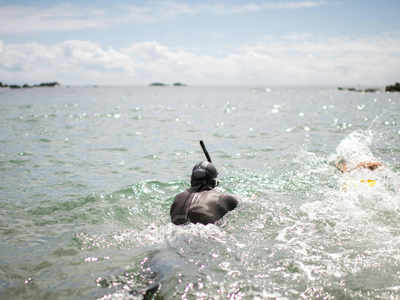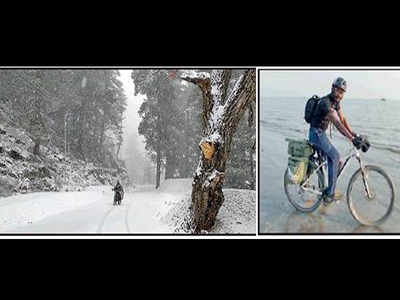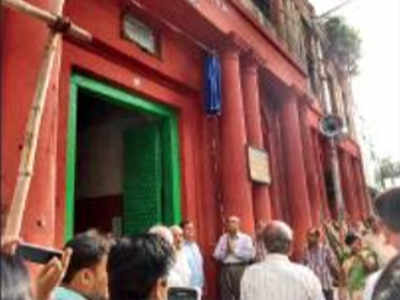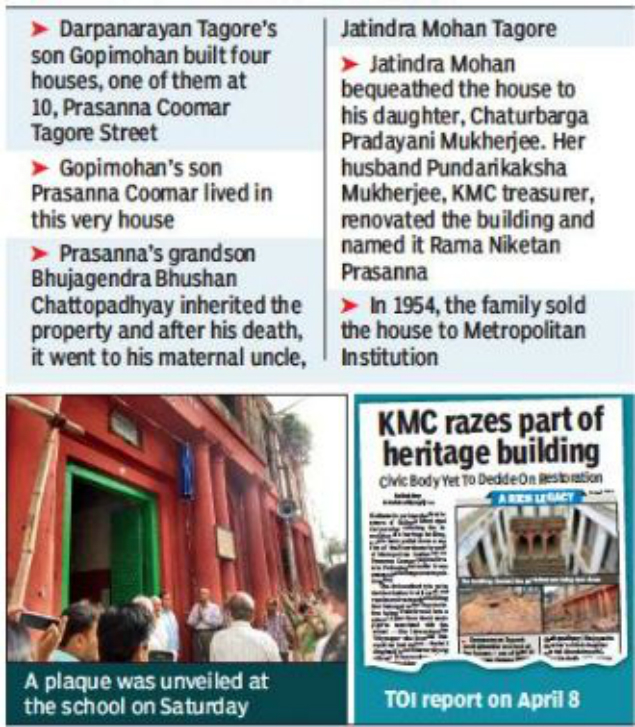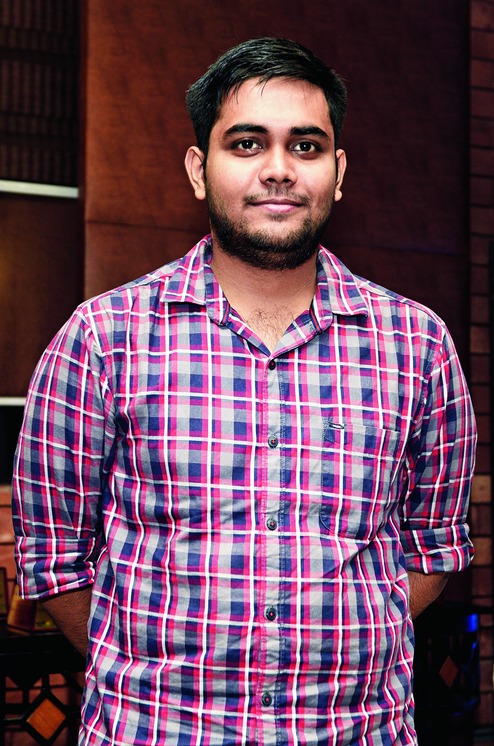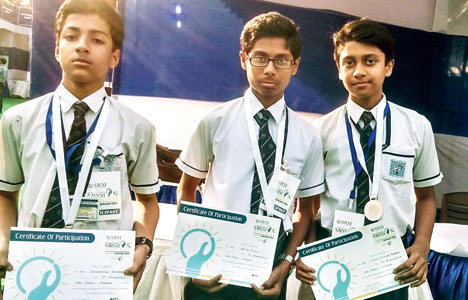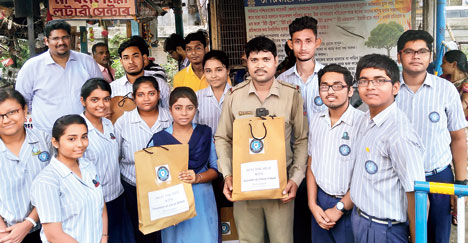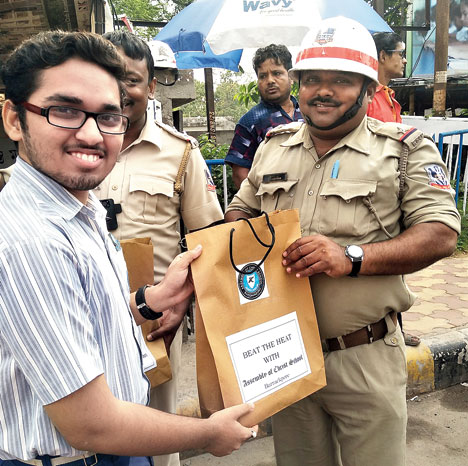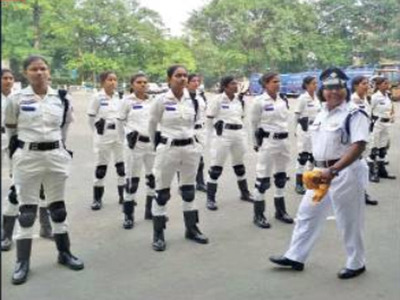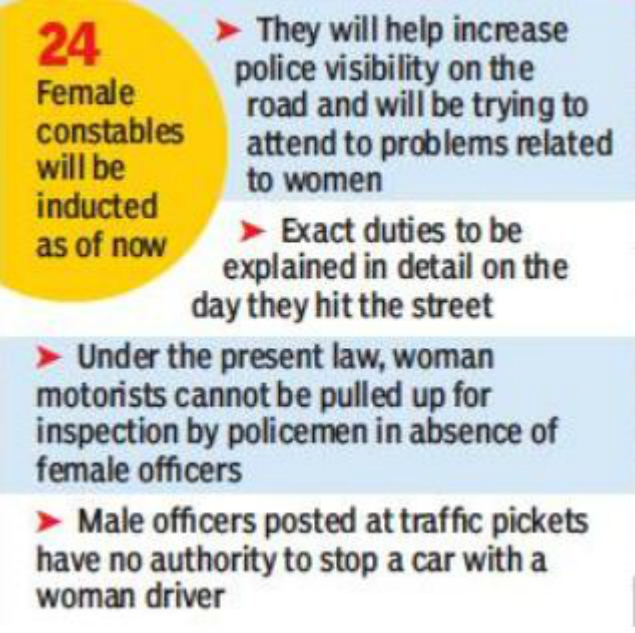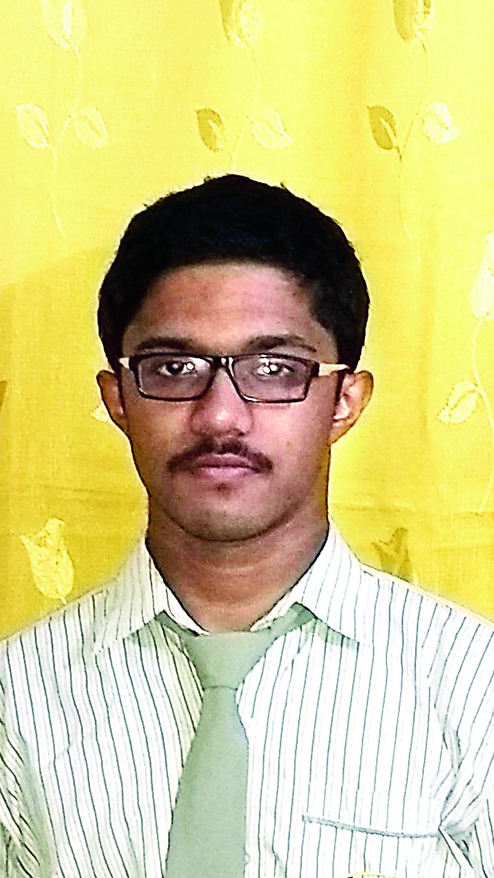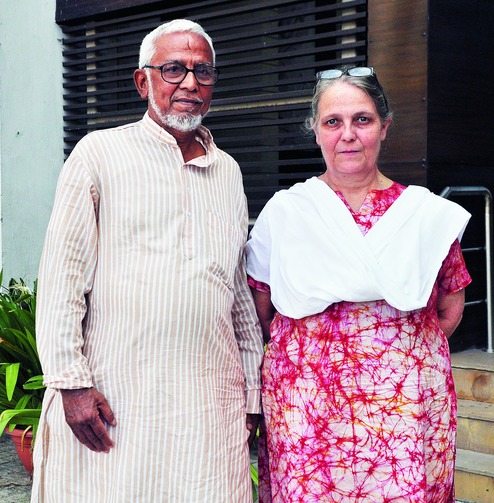Shikha Mandi, who hosts a show about the coming-of-age of tribals in India in fluent Santhali, also wants more indigenous voices to be heard in the public domain.
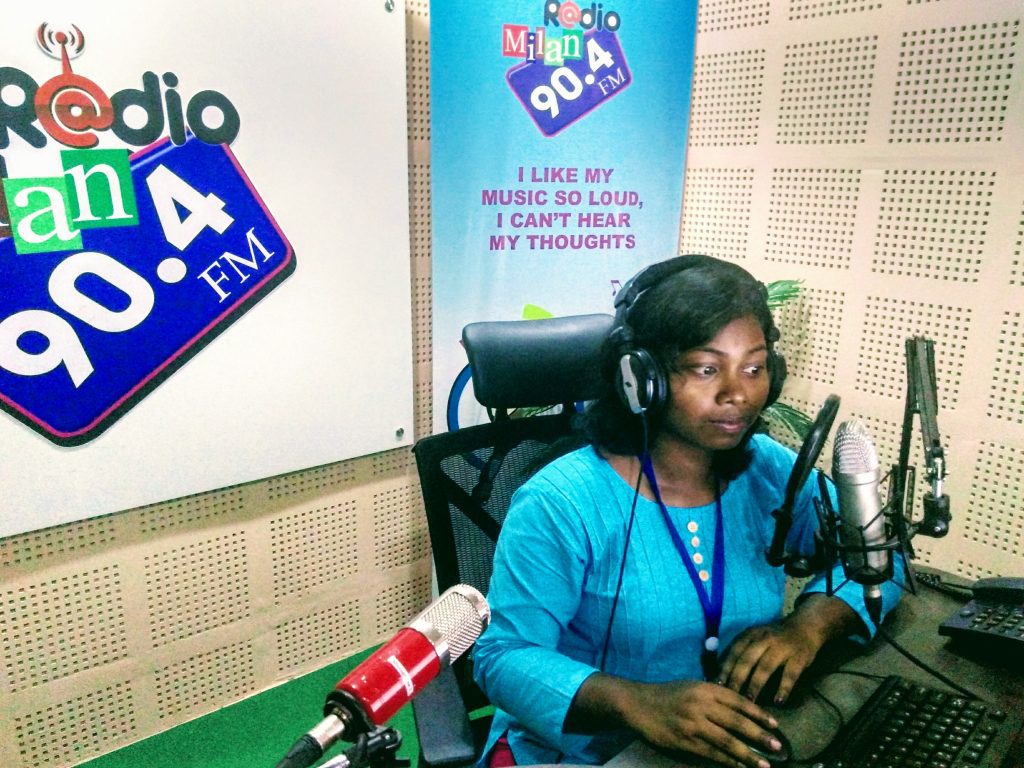
Perched on the hot seat, her fingers manoeuvring the keys of a mixer console like an artist wielding her brush, 24-year-old Shikha Mandi cuts an arresting frame. The radio jockey punctuates her chat show, Johar Jhargram – about the coming-of-age of tribals in India in fluent Santhali (the language spoken by over six million indigenous people across South Asia) – with mellifluous strains of village songs.
Her story is even more interesting. The daughter of a small farmer from West Midnapore, Mandi worked her way up from the paddy fields of Jhargram’s Belpahari village where she was born, to the coveted mechanical engineering school at Kolkata’s Industrial Training Institute. And now, as one of India’s first tribal radio jockeys, she’s quite the talk of the town.
RJ Shikha commands the attention of hundreds of listeners through Radio Milan – a small community radio station in West Bengal’s Jhargram district – about 170 km west of Kolkata. The radio waves bearing her unusual Santhal imprint ripple through the Jhargram and Kharagpur districts. More fans across India and abroad tune in to her programme online. Her followers on social media are also growing. Not only does Mandi want tribal culture to be understood across India, she also wants to pioneer its representation through popular media. “There’s almost no knowledge of tribal life and its idiosyncrasies. I want more indigenous voices to be heard in the public domain,” she says.
To forefront tribal culture and ethos, Mandi holds her own at Radio Milan – her “working playground,” as she calls it. Here, she writes her own script, mashes up tunes, readies playlists and rustles up ideas for shows on socially relevant issues. “There’s a lot of independence at work, and I’m encouraged by my colleagues to think out of the box,” she says.
Her colleagues at Radio Milan, which was set up last November by Milan Chakraborty, a Kolkata-based entrepreneur, are supportive of her work. “Shikha impressed us with her determination, diligence and language proficiency,” says Tanmay Dutta, a well-heeled radio jockey from Siliguri, who trains young talent. “There are few people in India who understand the Santhali Ol Chiki script and can translate it. Not too many books or academic resources are available, either. So Shikha works hard on her research.”
But the journey to the hot seat hasn’t been an easy one for Mandi. At the age of three, she was sent to live with her uncle in Kolkata so she could receive a quality education. There were reported incidents of Maoist activity in the Jhargram region, which added to their insecurity. “My parents thought it wasn’t safe for me to live in our village. But in Kolkata, despite having a loving family, I felt a sense of uprootedness,” says Mandi.
At school, the young girl would get taunted for her Santhal leanings and demeanour. But that made her more determined to stay true to her roots. “The older I got, the more connected I felt to my tribal mores,” she says. So, Mandi would tune in to Santhal shows on Doordarshan; sing indigenous songs and recite Santhali poetry at social gatherings. Instead of settling into city life completely, she held on to her tribal identity and nursed the dream of going back to Jhargram.
The move back to Jhargram was in some ways fated. Just as Mandi was preparing to take an apprenticeship test at a Kolkata-based shipbuilding and engineering company, she got an interview call from Radio Milan last November. After scouring several resumes, the hiring team cast its eye on Mandi. “We felt Shikha is deeply embedded in the tribal culture. Her ability to identify issues facing indigenous people, and making them accessible through popular media set her apart from other applicants,” says Chakraborty.
Even though Mandi had no formal training in radio or anchoring, she won the hiring team over with her persuasion skills. Soon after getting selected, the 24-year-old moved back to her beloved hometown.
But the transition wasn’t easy. Years of living in Kolkata had taken the sheen off Mandi’s proficiency in Santhali. She had to make herself acquainted with tribal customs, rituals and devotional songs for her show Johar Jhargram. She also spent nights poring over books given to her by four Midnapore-based professors who knew the Ol Chiki script well, including the bi-monthly magazine Sagen Saota. “Going on air was a nerve-wracking experience, and I would have my script open in front of me every day,” says Mandi.
The content-mastering challenge aside, Mandi also had technical challenges to overcome. The 24-year-old was made to undergo training in script-writing, voice tone and modulation, studio sound and audience engagement. “I had no idea about the technical side of radio production, and was literally thrown into the deep end in order to figure things out,” she says.
But Mandi’s love for all things Santhal made these challenges surmountable. Today, she’s a purist in her approach to showmanship. “There’s not a speck of Hindi or Bengali in my show, and I can rustle up and rehearse a script, three hours prior to my programme,” she says with a wry smile.
The young RJ’s command of Santhali and understanding of tribal culture has also made her more experimental. Nowadays, she goes to different villages in Bengal to identify new trends, and ways to build a support-base in indigenous communities. “Instead of just sitting in my studio and doing my research, I like to be in touch with real people and real issues,” she says.
Mandi’s innovative approach has struck a chord with the Santhal people. Priyanka Hembrom, a 17-year-old ardent fan from the Jaigeria village in Jhargram district, says she too wants to be a radio jockey, and entertain and inform an audience. “Shikha brings important issues such as underage marriages in tribal communities to the fore. She adds a touch of humour to all her shows, which makes her stand apart from others,” says Hembrom.
Mandi’s out-of-the-box thinking also gets reflected in her special shows ahead of tribal festivals. Her programme – the ‘Wonders of Waiting’ was a big success, says one of her colleagues. “The act of waiting is pregnant with hope. Those who work on the borders, wait to be united with their families; children living abroad wait to go back home. Shikha wanted to underline the value of time in the act of waiting. Isn’t that an interesting idea?”
Perhaps for Mandi, too, patient waiting has given her career an impetus, and her life meaning. More advertisers are now buying slots during her show. The Santhali programme has been extended by a couple of hours, and there are plans to bring in more tribal artistes to improve people’s understanding of indigenous communities.
“The fact that I’m doing what I love, for the people I love, in the place I love the most is my biggest success. I’m not looking back,” says Mandi.
Priyadarshini Sen is an independent journalist based in New Delhi. She writes for various India and US-based media outlets.
source: http://www.thewire.in / The Wire / Home> Culture / by Priyadarshini Sen / June 13th, 2018
